In November of 2020, a solo snow-shoer became lost while descending the Muir Snowfield on Mount Rainier. In the dark, ranger search teams climbed up in a snow storm, but were unable to locate him. The next morning, more search teams arrived, and in mid-afternoon the snow-shoer was located unconscious, severely hypothermic, and near death.
He was hoisted by a rescue helicopter and flown directly to a major trauma center. Upon arrival, he went into cardiac arrest, and CPR was initiated. Still in a coma, he was put on state-of-the-art life-support / rewarming equipment. After two days, he awoke and is now on the road to recovering his health.
In both national and international press, his rescue and revival were quickly declared “a miracle.”
But . . .
Were there some parts of this rescue and recovery that weren’t miracles? Let’s see.
It wasn’t a miracle that volunteer mountain rescue teams throughout the region had spent months and years training to navigate in the wilderness and to search across steep snow-covered mountain terrain.
It wasn’t a miracle that the same volunteer mountain rescue teams had studied the diagnosis and treatment of hypothermia and were able to start life-saving care as soon as they reached the patient.
It wasn’t a miracle that park rangers were able to use their years of experience to efficiently assemble and manage an urgent and complex SAR incident.
It wasn’t a miracle that, two years prior, Mount Rainier National Park had worked with local SAR volunteers to develop a SAR PrePlan with specific, pre-formed recommendations for how to search for persons missing on the Muir Snowfield.
It wasn’t a miracle that years of training and practice allowed local SAR volunteers to support critical planning, probability-based analysis, clue management, and mapping software functions at the search command operations center.
It wasn’t a miracle that SAR experts had compiled a database of years of historical lost person behavior, which was used as a reference to guide search planning for the lost snow shoer.
It wasn’t a miracle that constant preparation and training allowed helicopter rescue pilots and crews to safely locate and hoist up the snow shoer from a narrow mountain valley.
It wasn’t a miracle that decades of medical science and research had developed the ECMO (extracorporeal membrane oxygenation) technology that served as a heart-lung machine and warmed the blood of the unconscious snow shoer.
It wasn’t a miracle that dedicated nurses and doctors trained for years to acquire the skills needed to save the life of the near-death snow shoer.
So . . . maybe, just maybe — if you’re looking at the heavens for the source of this “miracle”, you’re looking too high.
If you really want to help save that next lost hiker on the brink of death, you might consider:
- Supporting our national parks.
- Supporting your local volunteer search and rescue teams.
- Donating to medical science efforts.
- Thanking the next nurse or doctor you see.
Or maybe just continuing to post praying hands emojis in Facebook.
You can decide which of the above might be more effective.
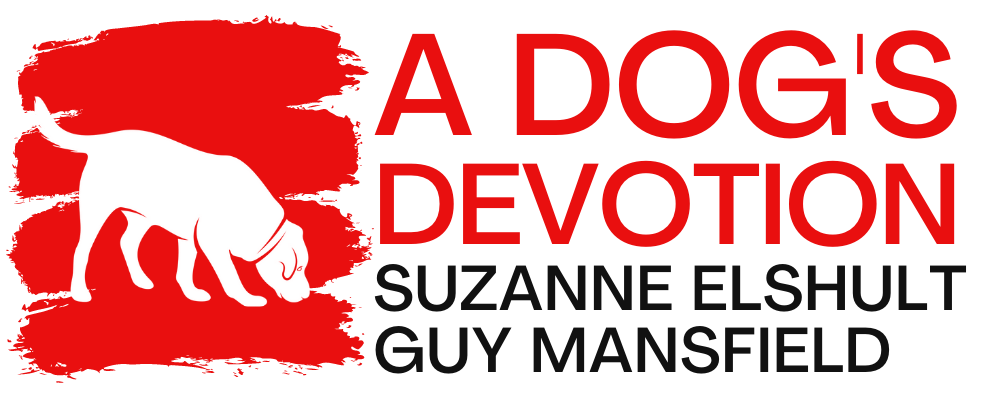
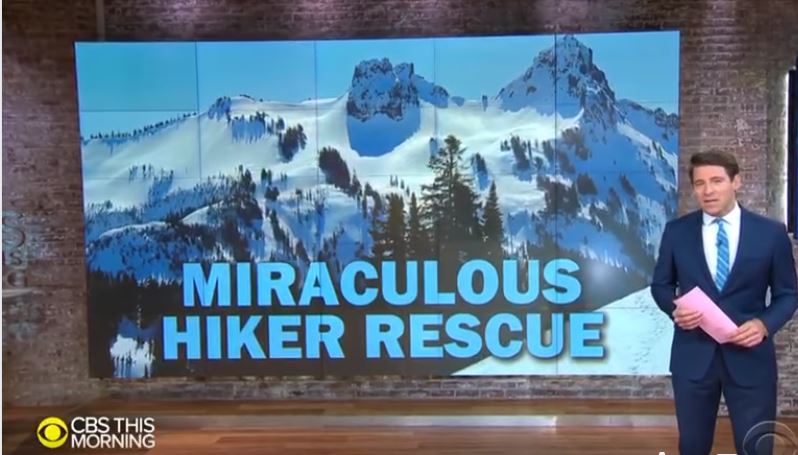
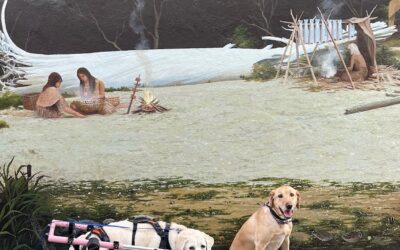
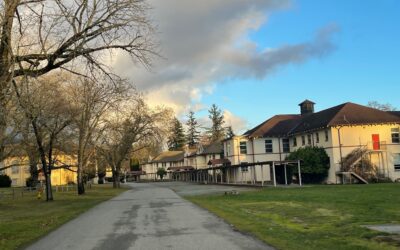
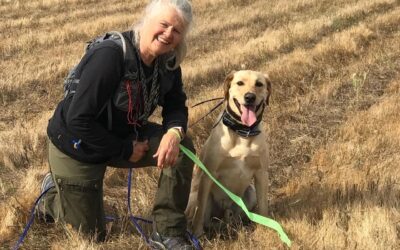
Wow, well written and pretty damn compelling. Important message too . . . . even if the reference to ‘praying hand emojis’ is a wee bit edgy.